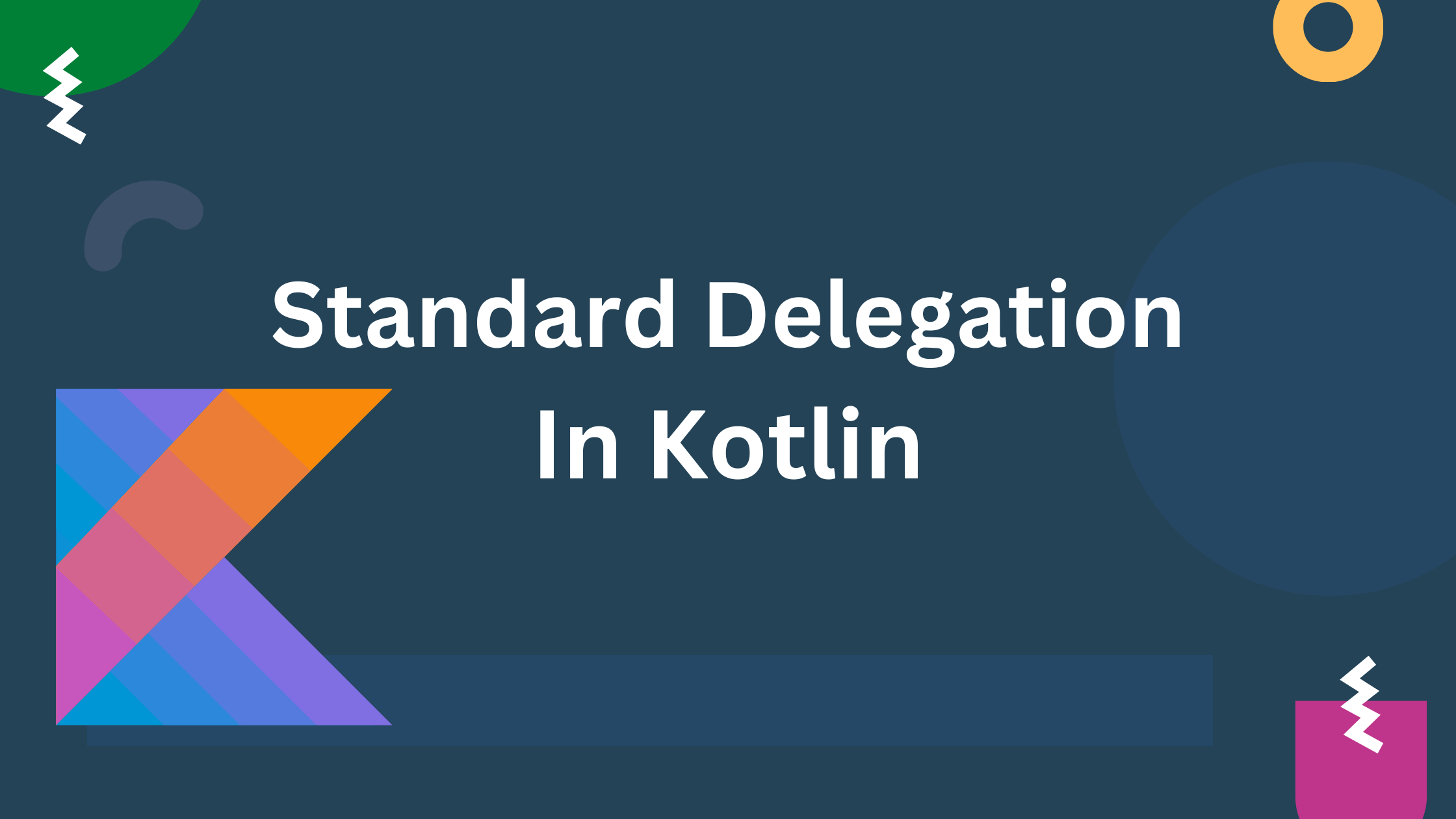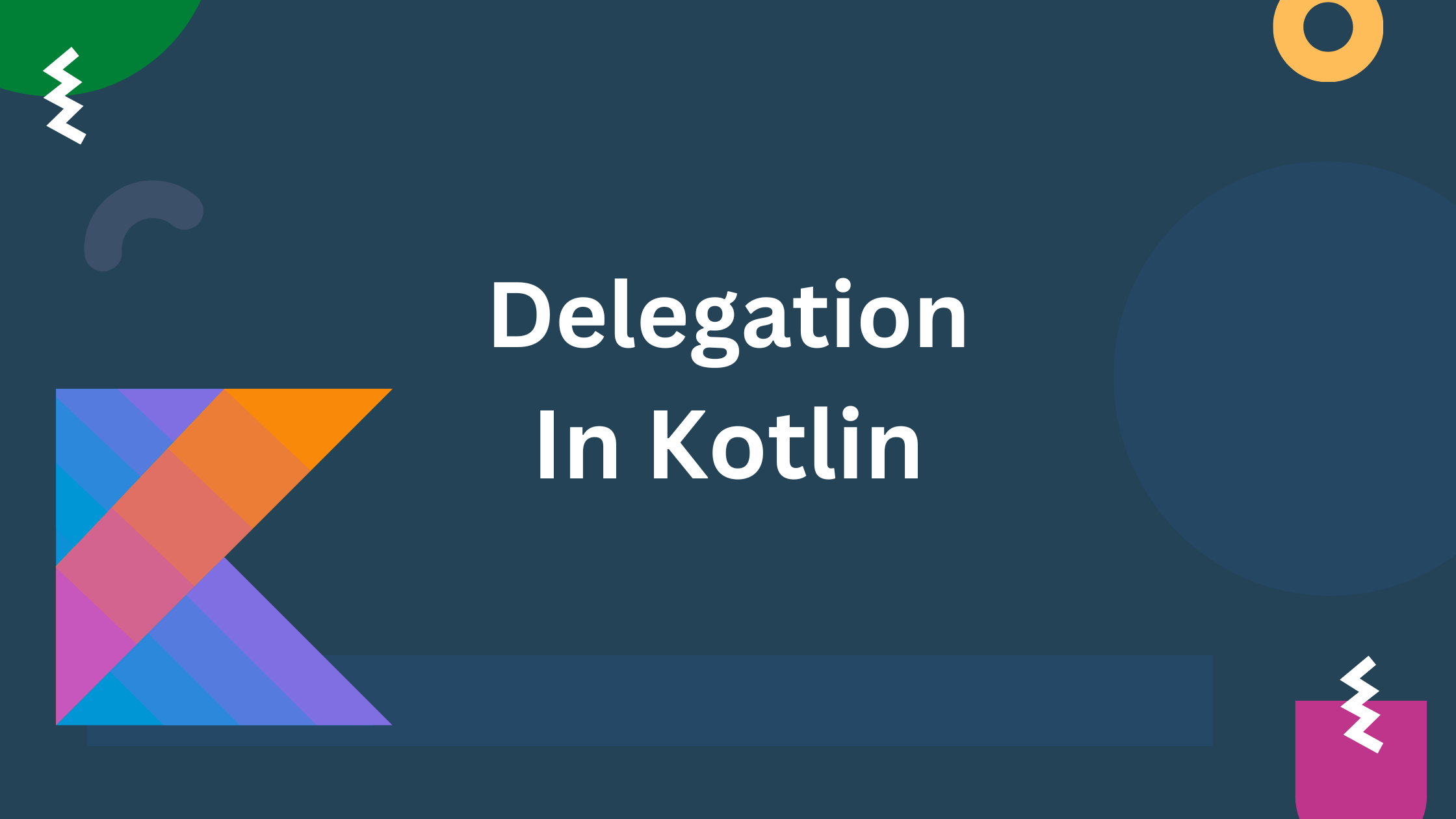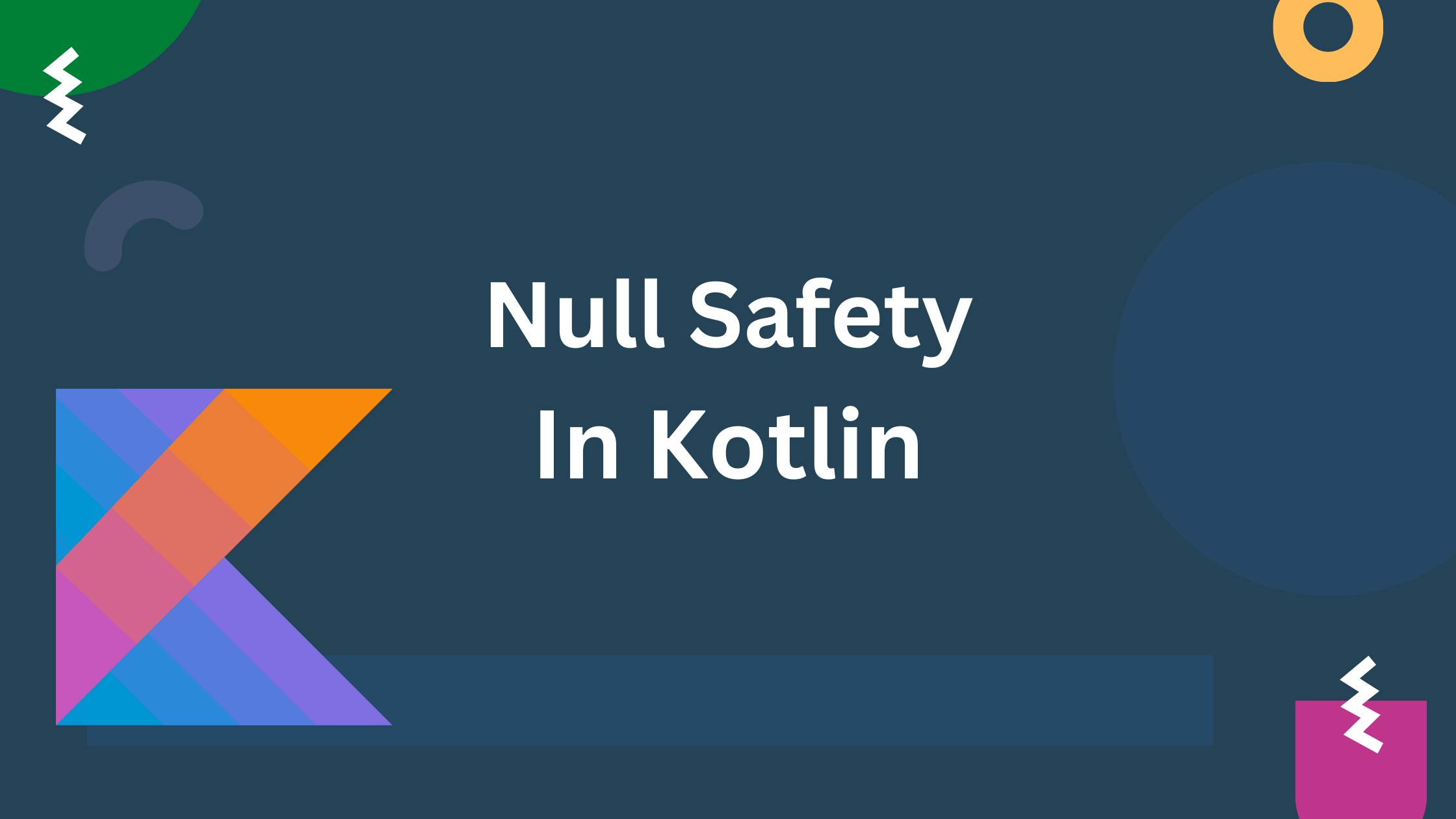Lambda is a function which has no name. It is a concise way to define a block of code that can be passed around as an argument to higher-order functions or stored in a variable for later use.
Lambda functions are useful in various contexts, such as higher-order functions, collections operations (like map, filter, and reduce), and asynchronous programming.
The general syntax for a lambda function in Kotlin is as follows:
val lambdaName: (parameter1Type, parameter2Type, ...) -> ReturnType = { parameter1, parameter2, ... ->
// Function body
// Return value (if applicable)
}
1. lambdaName: This is an optional name for the lambda function, which can be used if need to reference the function elsewhere.
2. (parameter1Type, parameter2Type, …): These are the parameter types that the lambda function takes. Lambda functions can have zero or more parameters.
3. ReturnType: This is the type of the value that the lambda function will return. you can use Unit If the function doesn’t return anything.
4. ->: This is the lambda operator, which separates the parameter list from the function body.
5. Function body : This is the code that makes up the body of the lambda function. It gets executed when the lambda is called.
Now, let’s see some examples of lambda functions:
Example 1: A lambda function with parameters that adds two numbers and returns the result:
val addNumbers: (Int, Int) -> Int = { a, b -> a + b }
val result = addNumbers(5, 3)
println("Result: $result") // Output: Result: 8
Example 2: A simple lambda without parameters:
val greet: () -> Unit = {
println("Hello, World!")
}
// Calling the lambda function
greet() // Output: Hello, World!
Example 3: Lambda as an argument to a higher-order function:
// Higher-order function to perform a mathematical operation on two numbers
fun calculate(a: Int, b: Int, operation: (Int, Int) -> Int): Int {
return operation(a, b)
}
fun main() {
// Using the 'calculate' function with different operations using lambdas
val addResult = calculate(6, 8) { x, y -> x + y }
println("Addition Result: $addResult") // Output: Addition Result: 14
val subtractResult = calculate(10, 7) { x, y -> x - y }
println("Subtraction Result: $subtractResult") // Output: Subtraction Result: 3
val multiplyResult = calculate(14, 6) { x, y -> x * y }
println("Multiplication Result: $multiplyResult") // Output: Multiplication Result: 84
}
In this example, calculate is a higher-order function that takes two integers a and b, and a lambda operation that takes two integers and returns an integer. The calculate function applies the lambda operation to the input integers a and b and returns the result.
Example 4: return a lambda function from another function
This feature allows you to create functions that generate and customize behavior on-the-fly based on certain conditions or inputs.
Here’s an example:
// Function that returns a lambda
fun createAdder(amount: Int): (Int) -> Int {
return { x -> x + amount }
}
fun main() {
// Create an adder function that adds 6 to any input
val addSix = createAdder(6)
// Use the returned lambda to perform addition
val result1 = addSix (10) // 10 + 6 = 16
val result2 = addSix (20) // 20 + 6 = 26
println("Result 1: $result1") // Output: Result 1: 16
println("Result 2: $result2") // Output: Result 2: 26
}
In the main function, we call createAdder(6) to get the addFive lambda. then use addFive to perform addition on different input values (10 and 20 in this case) As a result, we get 16 and 26, respectively, because the addFive lambda adds 6 to the given input..






